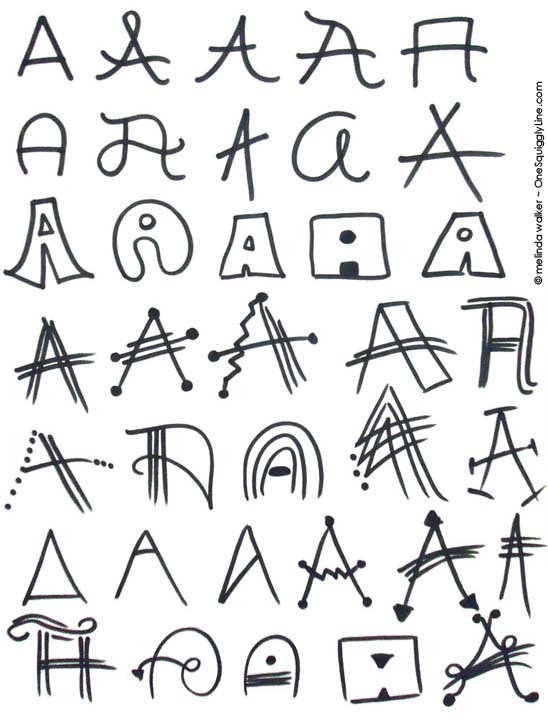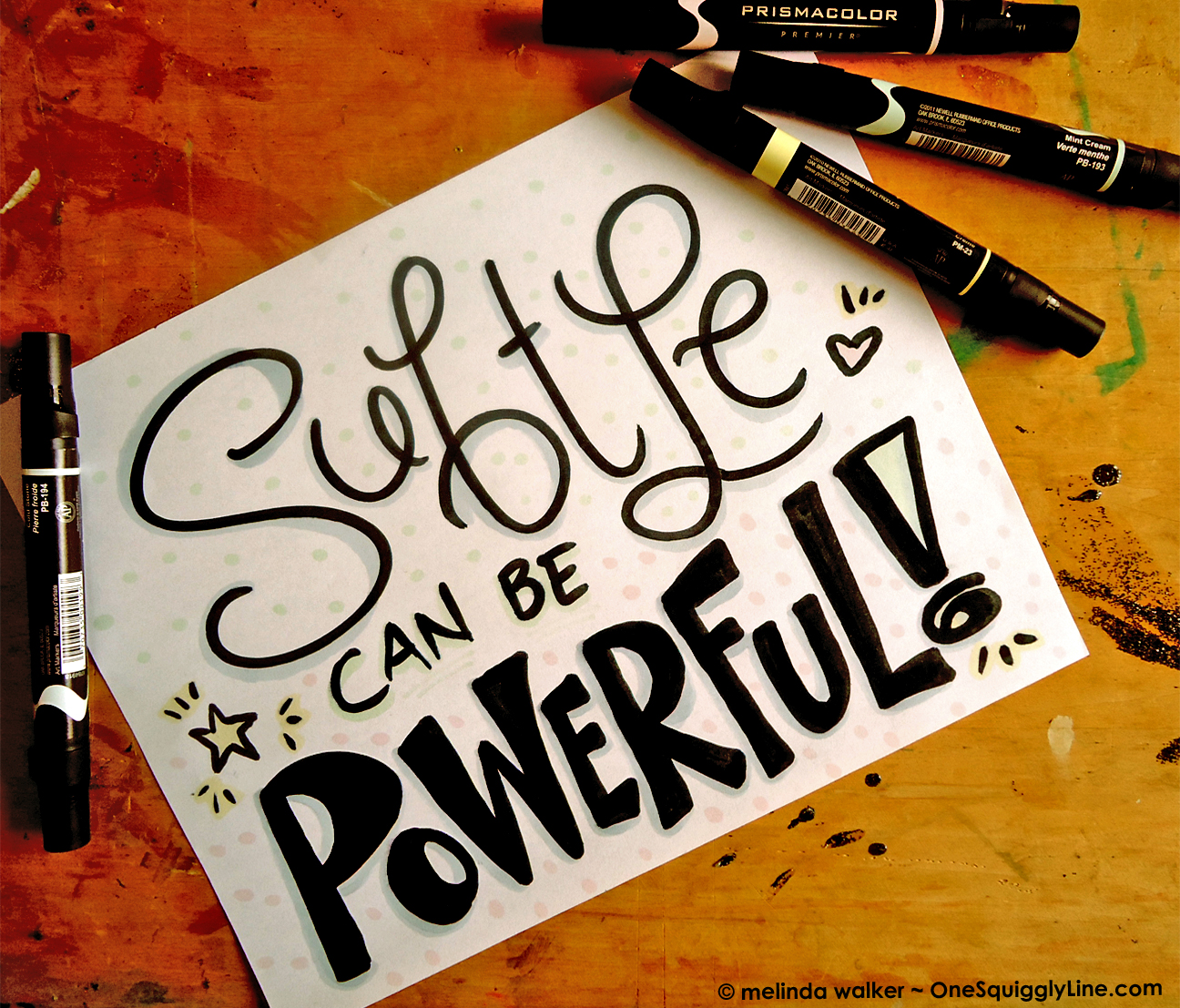Live graphic recording is great, but so are visuals created before or after the fact. Like this one, which was created earlier this year - 2 years after the original presentation! A fresh visual can breathe new life into an old topic. Not that this topic is old (far from it!) but you get the idea. Visuals simply bring things to life, no matter when they're created.
Just do it!
I get to listen to lots of talks, conversations, and presentations when graphic recording. And no matter the topic, industry, or people involved, one word almost always joins the conversation. That word is the biggest challenge individuals and huge corporations alike face when it comes to reaching both short and long-term goals. It's also the not-so-secret sauce of highly successful, productive, and prolific folks.
The word? Implementation. Ideas are great, and plans are great. But you won't get very far unless you actually do something with them. Visuals make it much easier for you to see what you need to do and track your progress. They also help keep the big picture in mind - your end goal as well as the steps needed to get there.
One word is all it takes!
Think you need fancy drawing skills to create great eye-catching visuals? Think again! Sometimes, some big, bold block letters and a splash of color are all that's needed to grab people's attention. Simply choose the most important word on the page, the one that sums it up best. Make that word bigger and bolder than the rest, and people will know at a glance what that page is all about. Easy peasy! This is a great technique to use when creating visuals on the fly and you're pressed for time, like the posters above.
Do What You Love!
Sketchnotes are generally done live. But the same kind of summary and synthesis image can be created from print or pre-recorded talks. Click the image above to see five new sketchnote doodle illustrations all about doing what you love, for the Do What You Love ecourse by Beth Kempton.
Visual Thinking Practice: 2 Minute Letter - A
Most people don't think too much about writing letters. They just do it. Here's a great visual thinking exercise to get you thinking differently about the letters you write all the time: Set a timer for 2 minutes and see how many different ways you can write the letter A (capital only). Don't over think it or try to make them all neat and perfect. Sketchy is good. The goal is not to like everything you do, but to experiment with different ways to make a common visual element unique. I did mine on a white board, as seen above.
Visual Thinking: Color Tip
Afraid to add some color? A lot of people are! And with good reason - color can be tricky sometimes. So if you're not ready to go bold and bright, then don't! Subtle can be very, very powerful. Four subtle, yet powerful Prismacolor marker colors to try (shown above): Cold Stone, Cream, Mint Cream, and Ballet Pink Light.
Visual Thinking Practice: Overlapping Letters
Another simple visual thinking exercise anyone who can write can do. It also makes a great ice-breaker or energizer during longer meeting, workshops, etc.
All you do is choose a word and write the letters of that word really big. Be sure to overlap them some and rotate as needed to make things interesting. It's also fun to switch up upper and lowercase letters. Leave it as is or color in the closed shapes, like I did above. Then give it to someone and see if they can figure out the word.
What word did I write? Post it in the comments if you can figure it out.
(Hint: It's seven letters.)
Hello, iPad!
So I finally got an iPad! Just a random doodle here, done with the Brushes app.
Dying Markers? Use 'Em!
Don't throw those dying markers away just yet - they're perfect for adding texture! The amount of ink that comes from them is uneven (and unpredictable) and creates a textured look without even trying. They're also great to use for a subtle background, to lightly sketch out a drawing, and even to add subtle shading and shadows.
So instead of dumping all those less-than-perfect markers in the trash, wrap a piece of masking tape around them (so you know they're "special") and put them to good use.
Quick Visual Thinking Practice
Here's a super quick and simple visual thinking exercise anyone can do: Fold a piece of regular printer paper in half, twice both ways. When you open it up, you will have a total of 16 boxes, 4 columns and 4 rows of 4 boxes. Write a letter in one box, then write the mirror reverse in the box to the right. Continue until all 16 boxes are filled. What word did I use?










